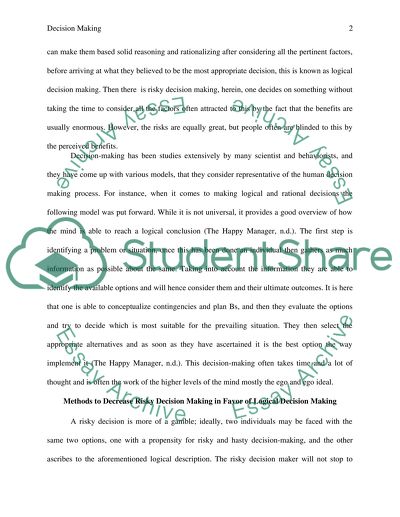Cite this document
(“Description of How Humans Make Both Logical and Risky Decisions Essay”, n.d.)
Description of How Humans Make Both Logical and Risky Decisions Essay. Retrieved from https://studentshare.org/psychology/1456542-decision-making-paper
Description of How Humans Make Both Logical and Risky Decisions Essay. Retrieved from https://studentshare.org/psychology/1456542-decision-making-paper
(Description of How Humans Make Both Logical and Risky Decisions Essay)
Description of How Humans Make Both Logical and Risky Decisions Essay. https://studentshare.org/psychology/1456542-decision-making-paper.
Description of How Humans Make Both Logical and Risky Decisions Essay. https://studentshare.org/psychology/1456542-decision-making-paper.
“Description of How Humans Make Both Logical and Risky Decisions Essay”, n.d. https://studentshare.org/psychology/1456542-decision-making-paper.


